Trump’s Trade Talks Are Unlikely to Resolve Tariff Woes Anytime Soon
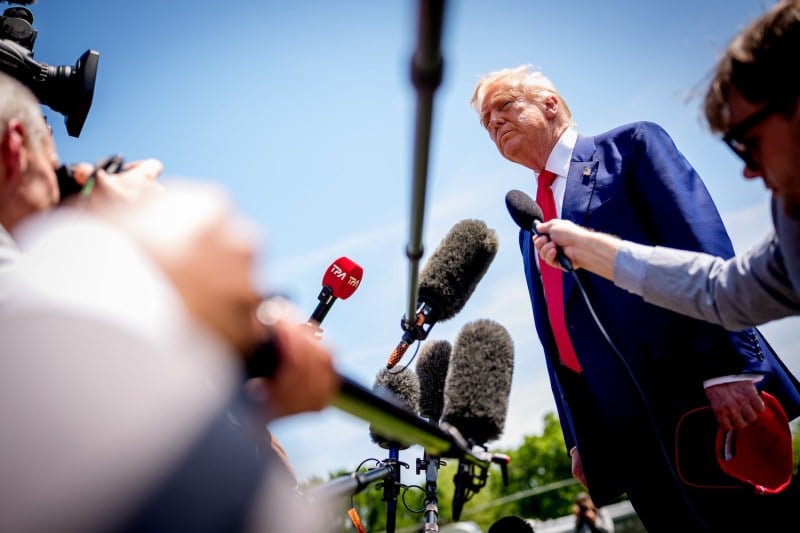
Trump’s Trade Talks Are Unlikely to Resolve Tariff Woes Anytime Soon
Trade deals require lots of time and attention to detail. Making nearly 200 of them in 90 days is unrealistic.
U.S. President Donald Trump takes a question from a reporter before boarding Marine One on the South Lawn of the White House in Washington on April 29. Andrew Harnik/Getty Images
Ever since U.S. President Donald Trump announced his “Liberation Day” tariffs on the rest of the world, there have been, according to the White House, lines of supplicants begging for trade deals.
The list, even the short list, is long. At the top of it are India, Israel, Japan, South Korea, Vietnam, Britain, and maybe the European Union. These are the countries and economic blocs, some of them quite large, with which the Trump administration aims to reach agreements on all the irritants in trade relations in the next 60 or so days. There may be another 180-odd countries in the queue.
Ever since U.S. President Donald Trump announced his “Liberation Day” tariffs on the rest of the world, there have been, according to the White House, lines of supplicants begging for trade deals.
The list, even the short list, is long. At the top of it are India, Israel, Japan, South Korea, Vietnam, Britain, and maybe the European Union. These are the countries and economic blocs, some of them quite large, with which the Trump administration aims to reach agreements on all the irritants in trade relations in the next 60 or so days. There may be another 180-odd countries in the queue.
Many of them are jostling to get to the front of the line—Japan, for instance, seems to have line-jumped in front of India for the first deal, though long-standing issues such as trade in steel and autos may complicate even an accord with the United States’ main security partner in Asia.
South Korea, too, is angling for special treatment; Europe has offered to buy more natural gas to appease Trump but also reached for a few sticks. Talks with Vietnam, the principal conduit for Chinese-made manufactures into the United States, are being held under a Damocles sword of 46 percent tariffs. Israel, which since 1985 has had a free-trade agreement with the United States, is mulling further concessions to go back to a status quo ex ante. Britain, which previously prostrated itself to win a trade deal with its minor trade partner in Washington rather than its neighbor and much bigger trade partner in Brussels, was pushed to the back of the bus yet again. The Trump administration says that deals with scores of countries are in the works, all to avoid the worst of the punitive tariffs announced, and then suspended for 90 days, on and shortly after April 2.
But whatever arrangements these talks are going to yield in that time frame, they won’t be trade deals. True trade deals take years to negotiate and grapple with extremely technical issues, such as phytosanitary standards and the proper treatment and upbringing of poultry.
“The question is what happens after this 90-day pause. I imagine after the White House declares victory spotlighting ‘framework’ agreements with a handful of countries, the hard work will begin. When it comes to trade deals, the devil is in the details,” said Wendy Cutler, a former U.S. trade negotiator now at the Asia Society.
In reality, these talks are preliminary white flags rolled out by the White House to ameliorate the damage Trump has already done to the U.S. economy and, to a lesser extent, the global one. His love of tariffs already shrank the U.S. economy in the first quarter of this year, and that was the economy that was outperforming everyone else. Stock and bond markets still have the jitters, and the oil market is traumatized.
Part of the problem is that countries don’t know how to please Trump, who touts tariffs as a permanent U.S. revenue source, a way to reshore U.S. manufacturing, and a point of leverage for negotiations. Where to start?
Also frustrating to other countries—and, indeed, some members of the U.S. Congress in Trump’s own party—is that the United States seems unsure of who its trade interlocutors even are, even though their job titles are quite straightforward. After a meeting this week with U.S. Trade Representative Jamieson Greer, Republican Sen. Rand Paul voiced concern at the administration’s top-down approach to trade talks. “It reminded me of a meeting on industrial policy in the Soviet Union, where you have to be nice to the tsar because if you’re nice to the tsar, they’ll bequeath upon you exceptions to the iron fist,” Paul said.
Trump wants more purchases of U.S. goods overseas, though he tanked the $30 billion Chinese market for U.S. agriculture, and the United States can’t easily sell more U.S. cars or trucks overseas, where emissions requirements and consumer tastes mitigate heavily against. Europe would happily buy more U.S. natural gas, but it can nowhere near absorb the $350 billion in force-fed fossil fuel exports Trump has proposed. China has forsworn Boeing. And so on.
“If people are expecting the tariff-related issues to be resolved by the end of the 90-day period, they are going to be disappointed,” Cutler said. “The tariff saga is likely to keep on giving for the foreseeable future.”
This post is part of FP’s ongoing coverage of the Trump administration. Follow along here.
Keith Johnson is a reporter at Foreign Policy covering geoeconomics and energy. X: @KFJ_FP
More from Foreign Policy
-

A drawn illustration of a Trump whirlwind on a red background Four Explanatory Models for Trump’s Chaos
It’s clear that the second Trump administration is aiming for change—not inertia—in U.S. foreign policy.
-

Marco Rubio is seen up close, sitting on a couch beside J.D. Vance. Marco Rubio’s Soulless Crusade
The U.S. secretary of state stands for no principle other than serving the man who appointed him.
-

Soldiers from various NATO allies take part in a military exercise at the Smardan Training Area in Smardan, Romania, on Feb. 19. America Will Miss Europe’s Dependence When It’s Gone
European self-reliance for security will cost U.S. jobs, profits, and influence.
-

A collage photo illustration shows Donald Trump gesturing with arms wide. In front of him are headshots of Benjamin Netanyahu and Vlodymyr Zelensky, images of immigratns and ICE police, a tattered EU flag and America First signs. Trump’s First 100 Days on the Global Stage
Ten thinkers on what to make of the opening salvo of the president’s second term.

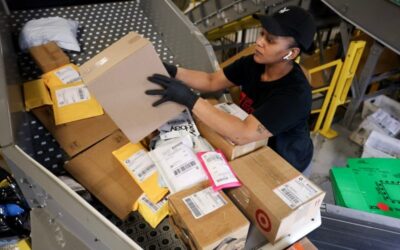
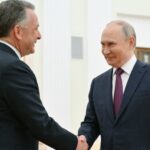



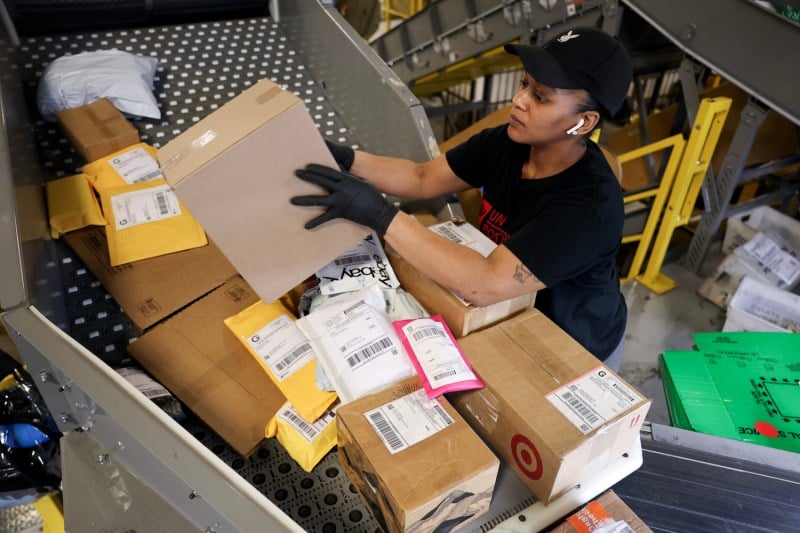
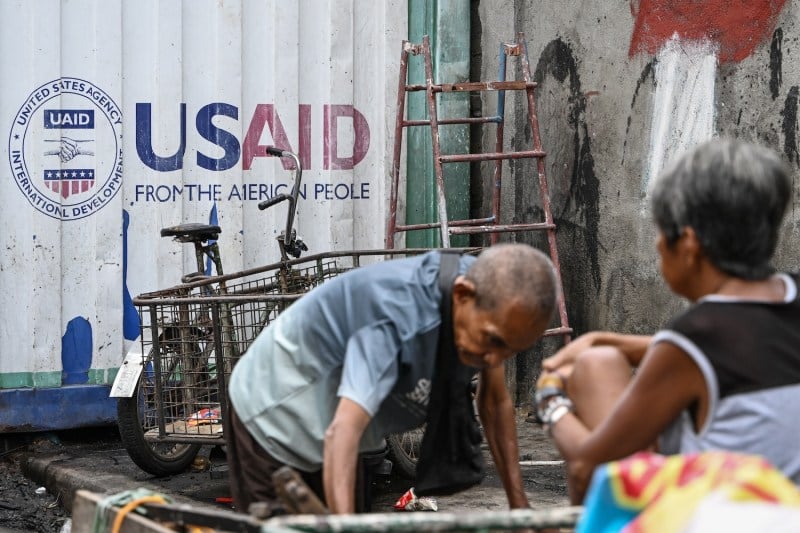

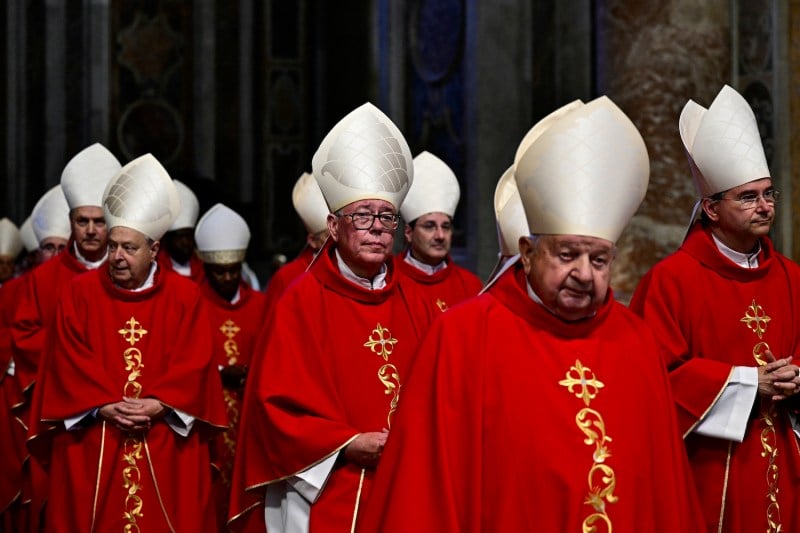
Join the Conversation
Commenting on this and other recent articles is just one benefit of a Foreign Policy subscription.
Already a subscriber?
.
Subscribe
Subscribe
View Comments
Join the Conversation
Join the conversation on this and other recent Foreign Policy articles when you subscribe now.
Subscribe
Subscribe
Not your account?
View Comments
Join the Conversation
Please follow our comment guidelines, stay on topic, and be civil, courteous, and respectful of others’ beliefs.
Change your username |
Log out
Change your username:
CANCEL
Confirm your username to get started.
The default username below has been generated using the first name and last initial on your FP subscriber account. Usernames may be updated at any time and must not contain inappropriate or offensive language.